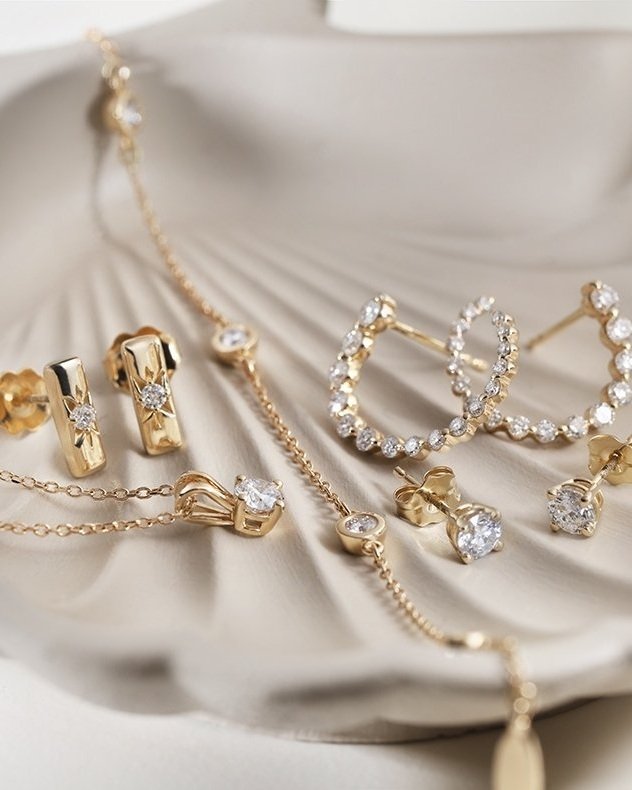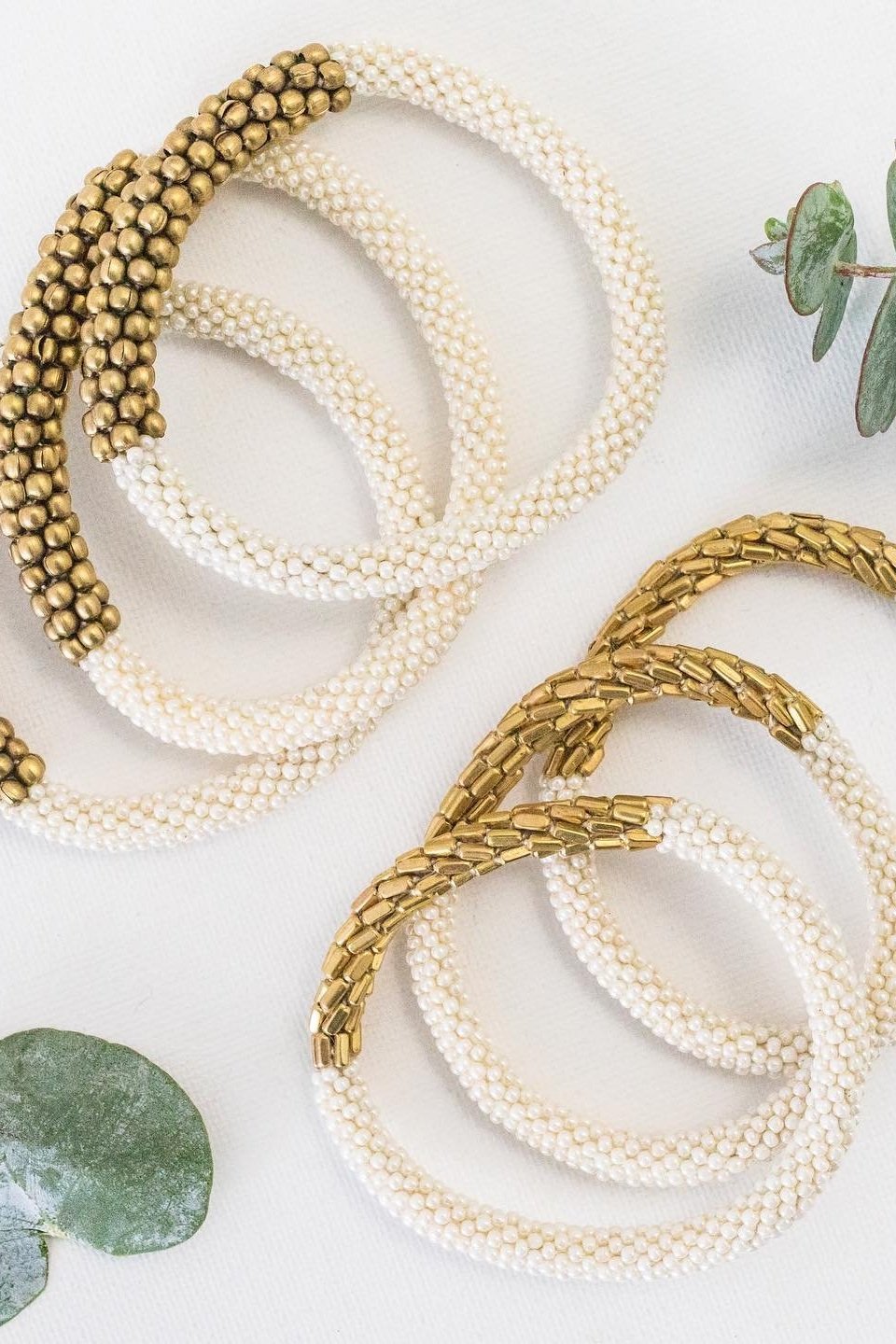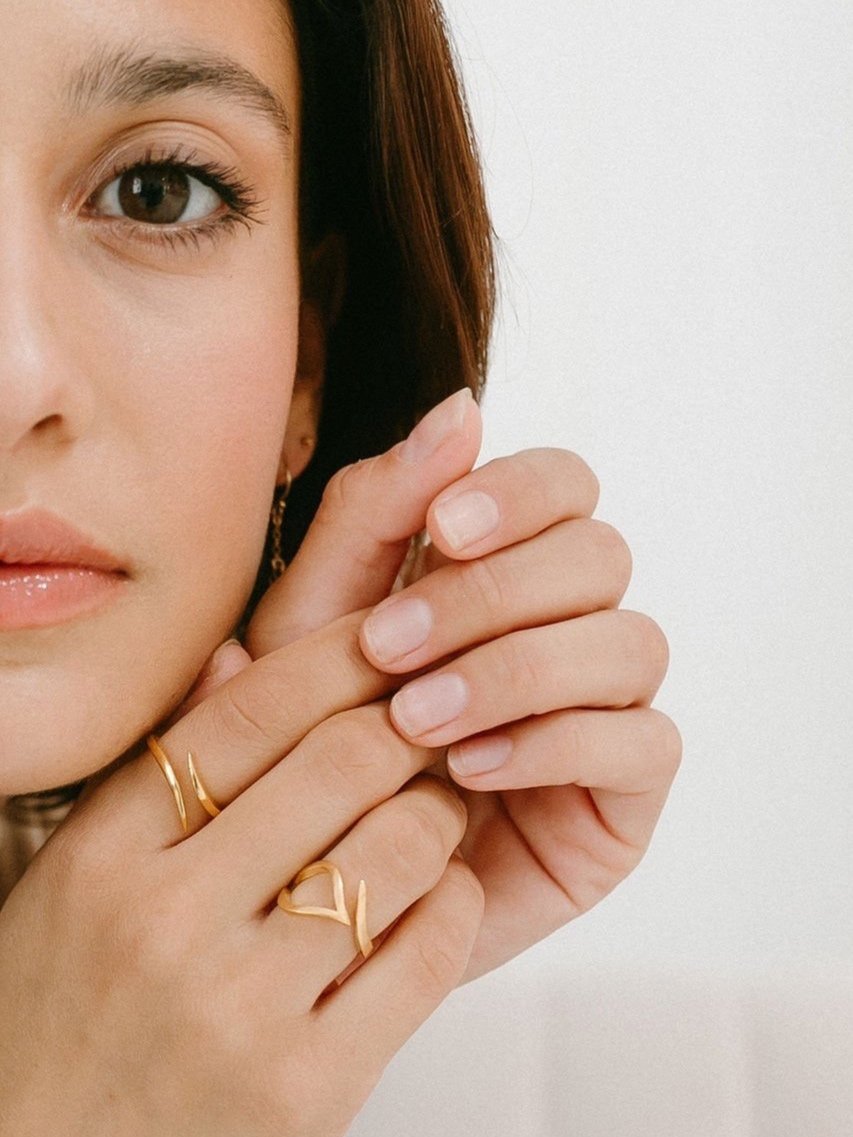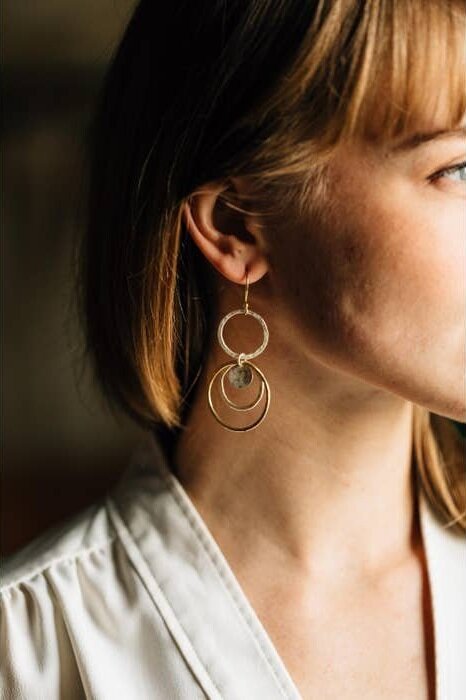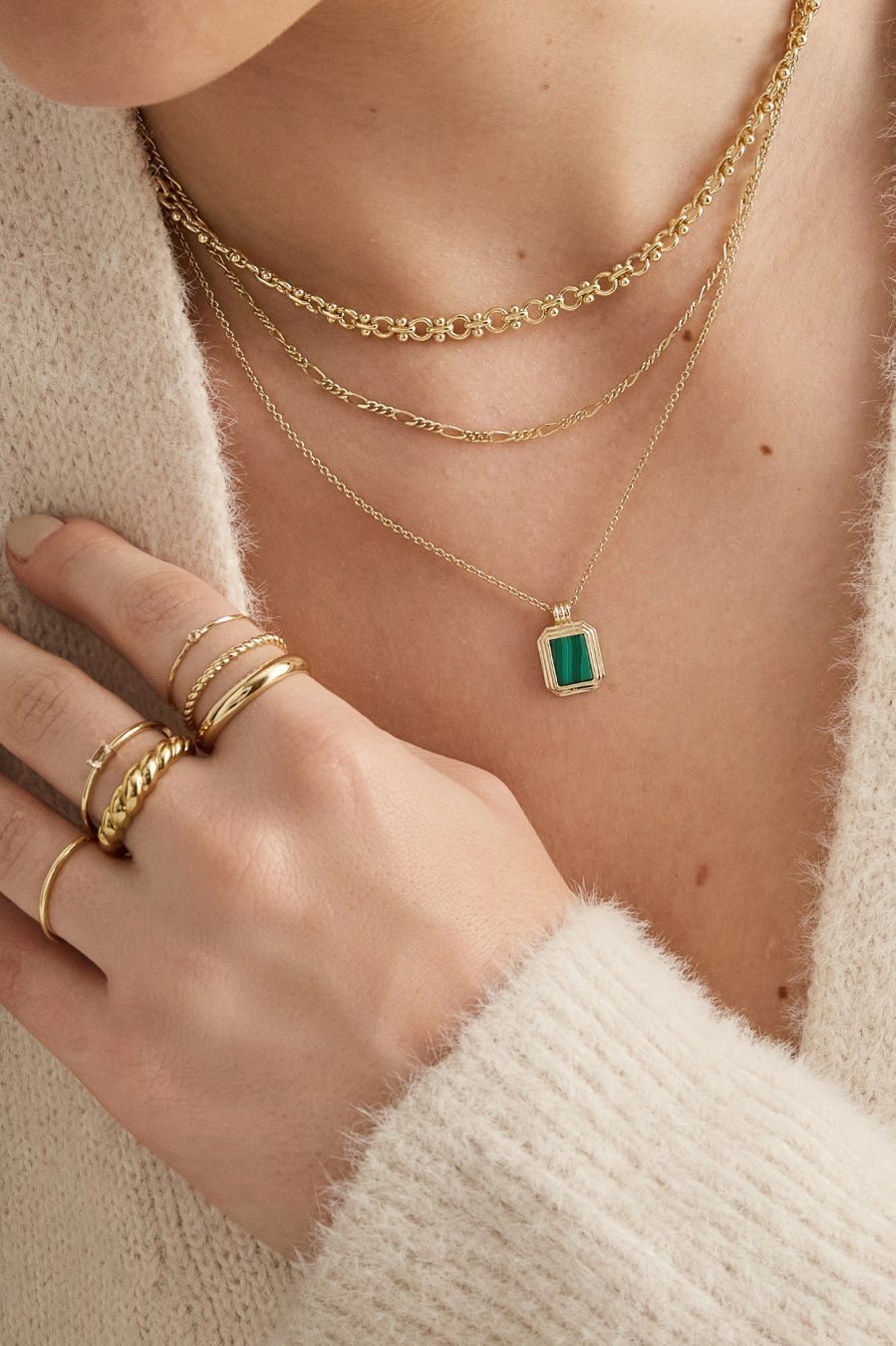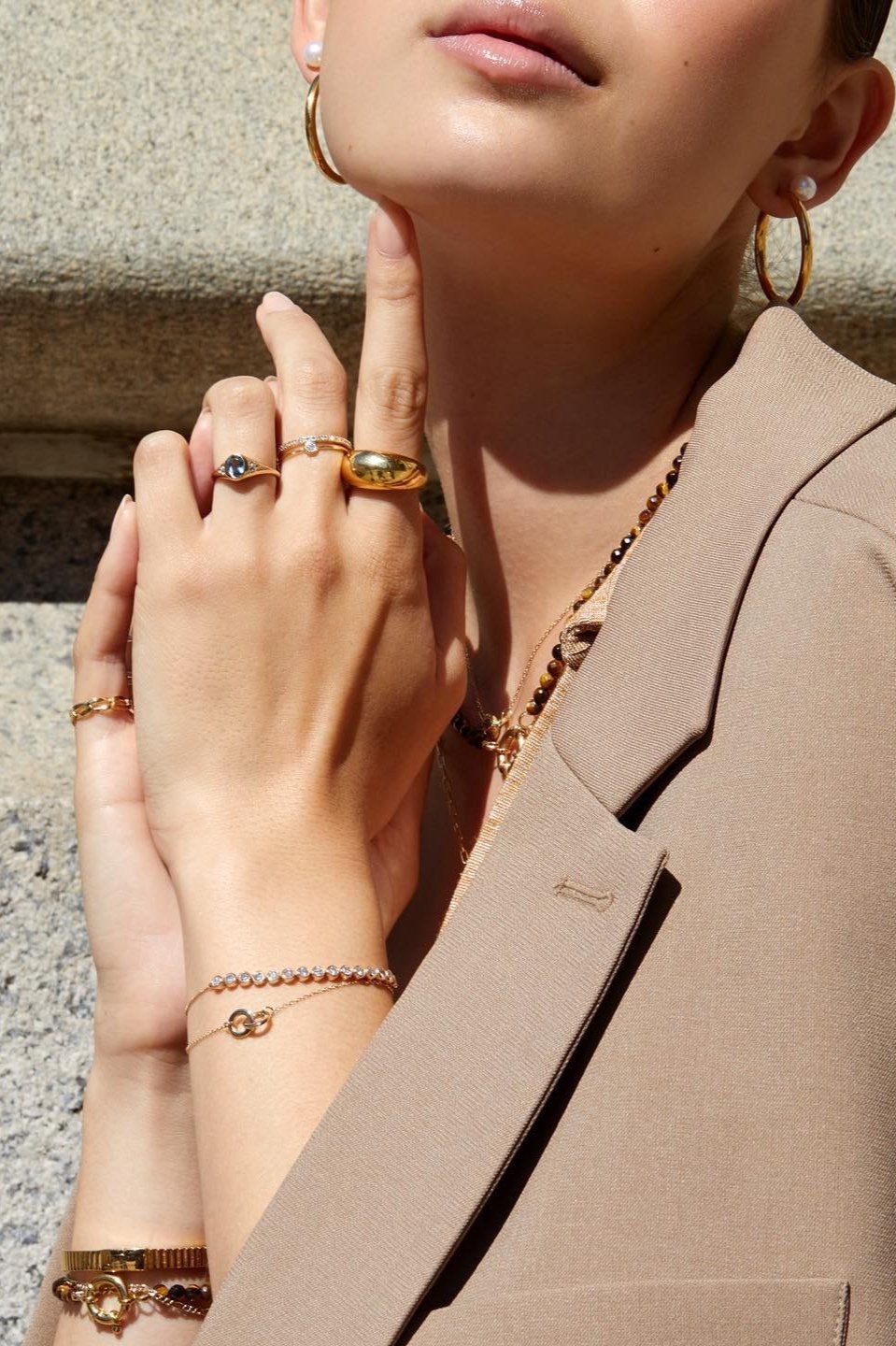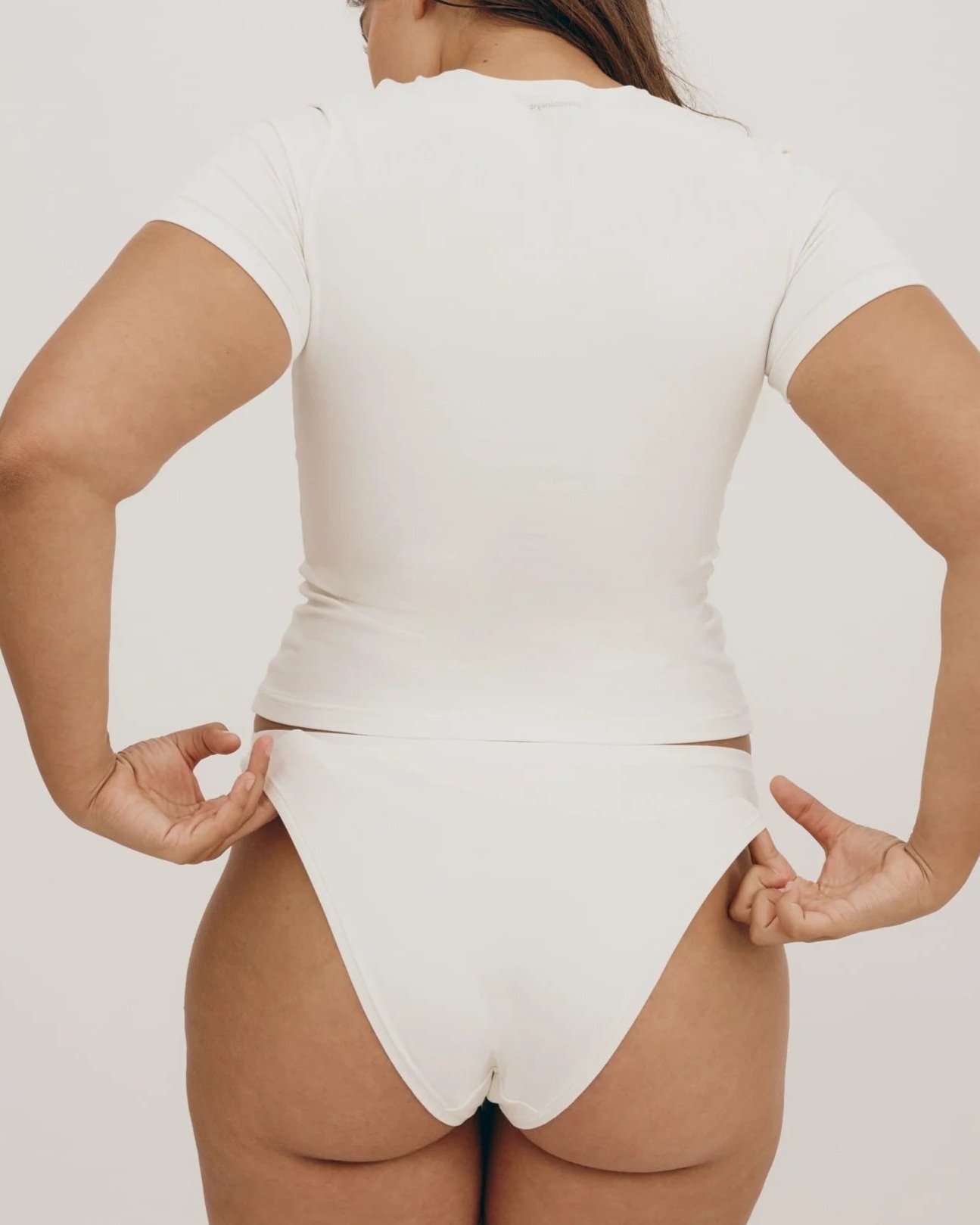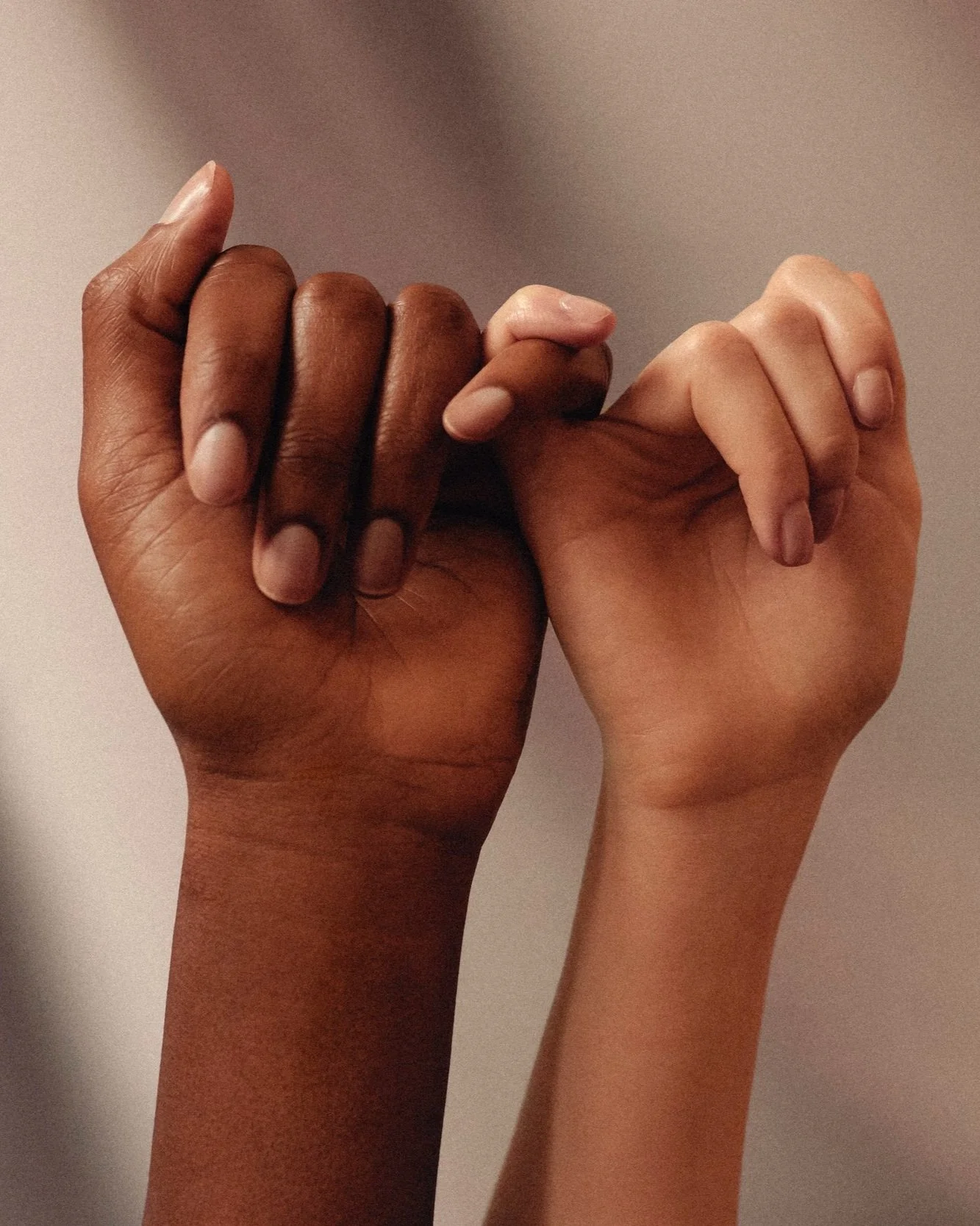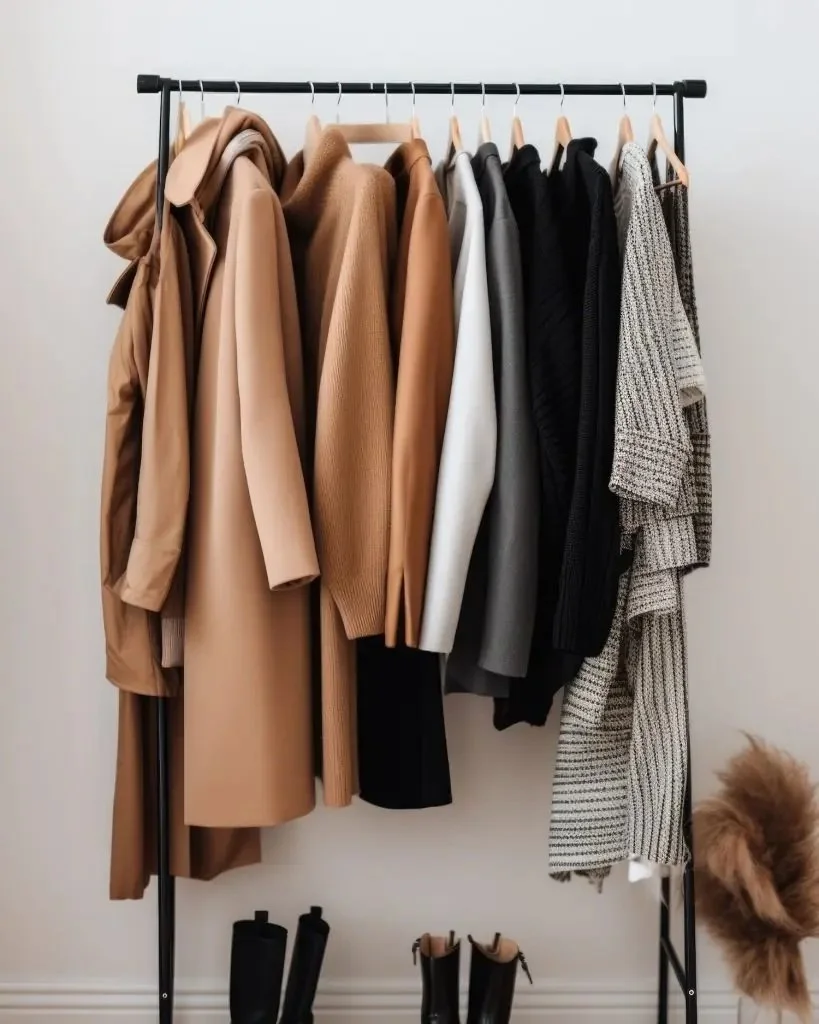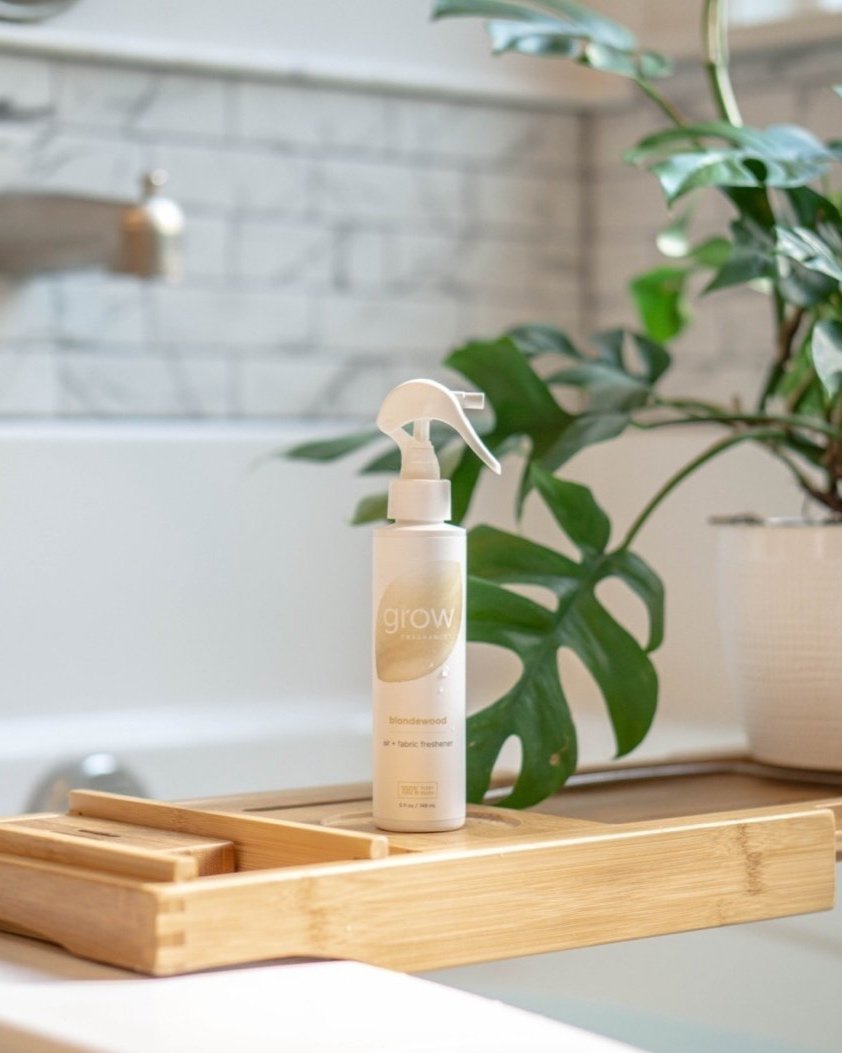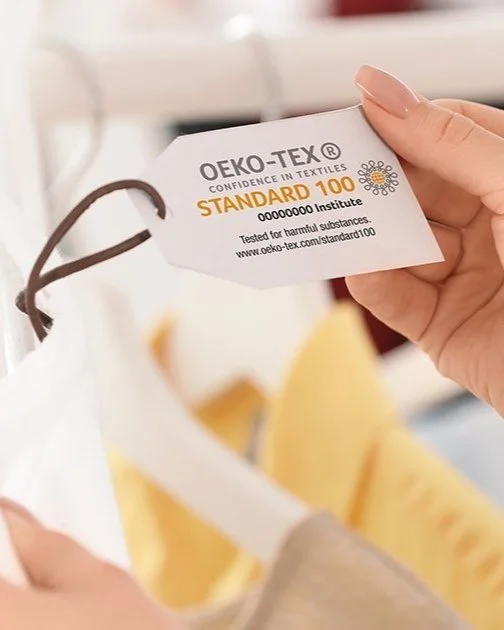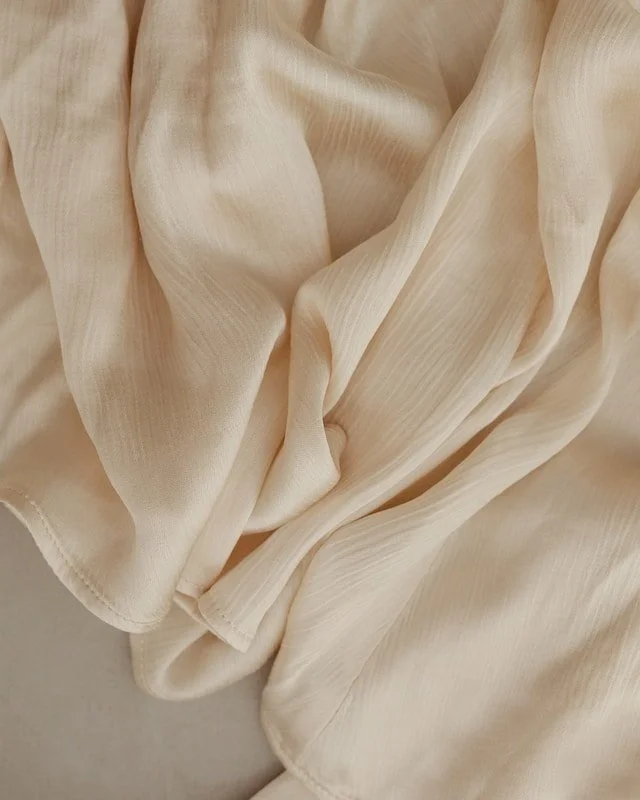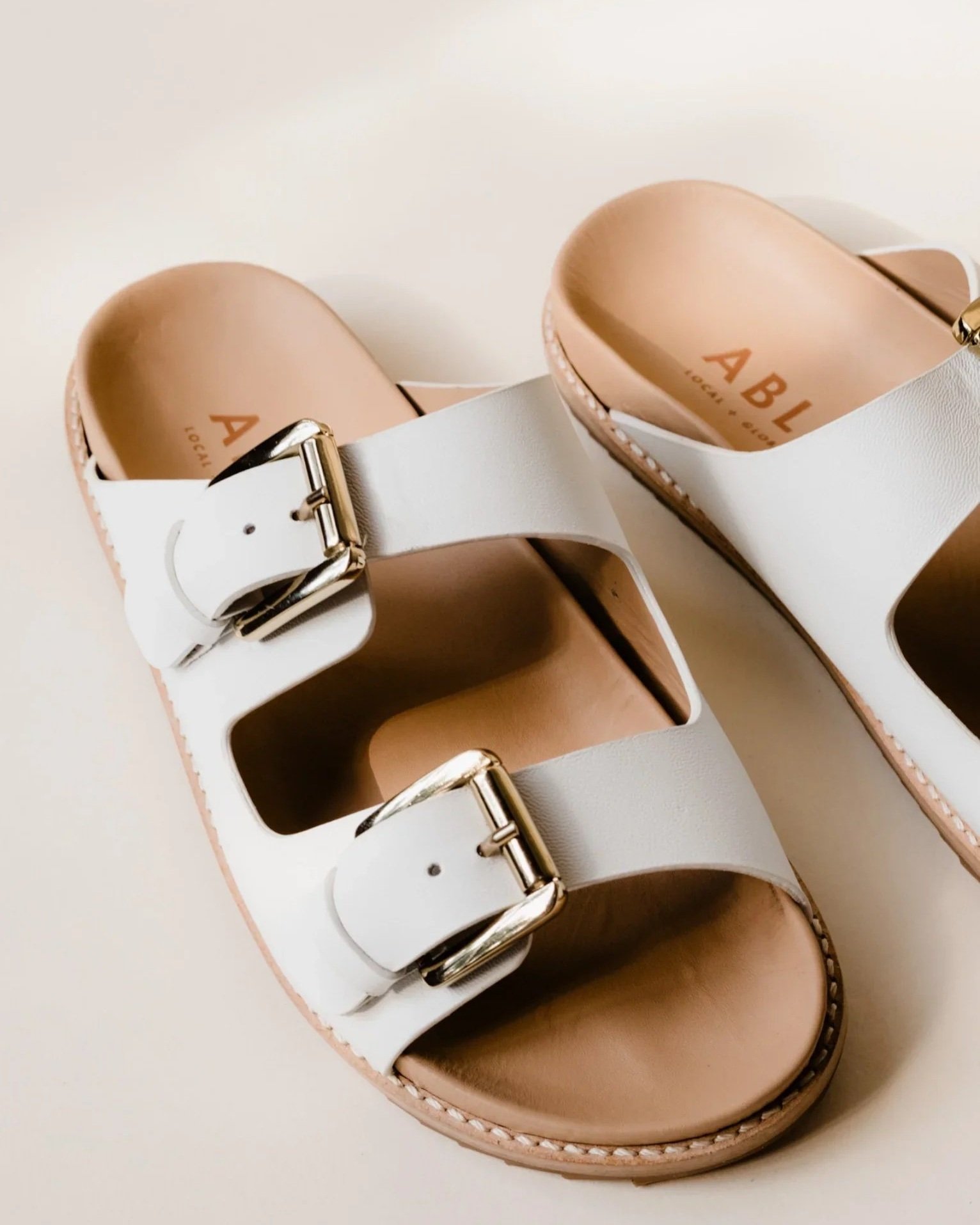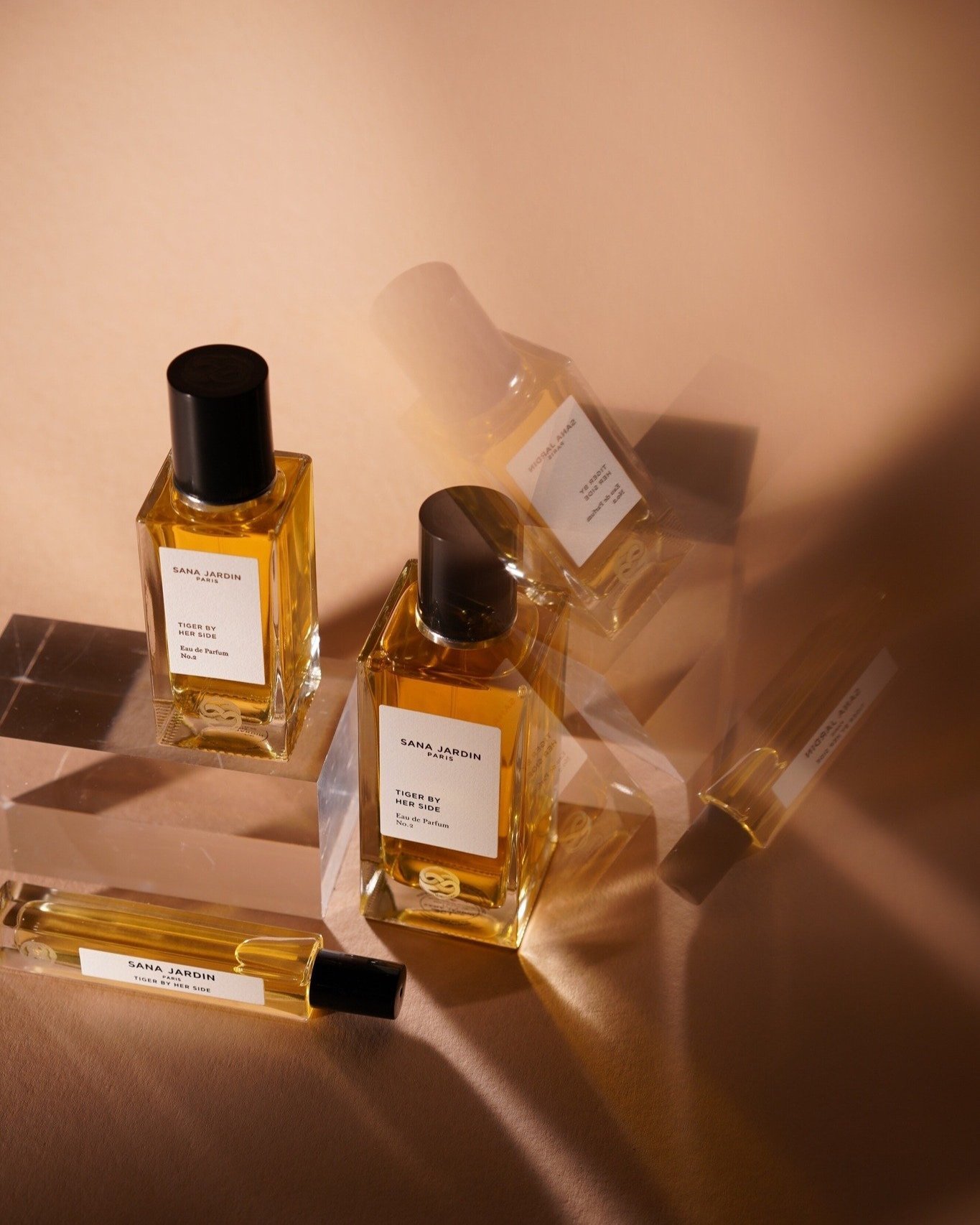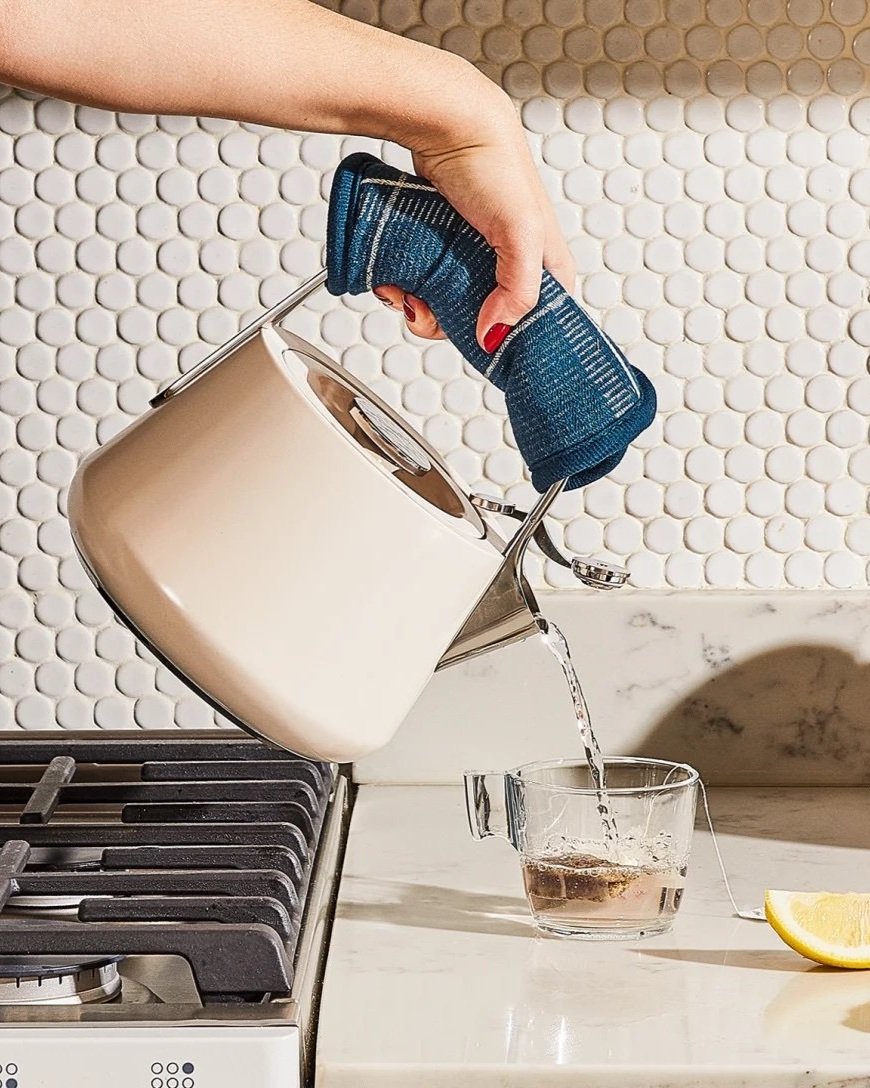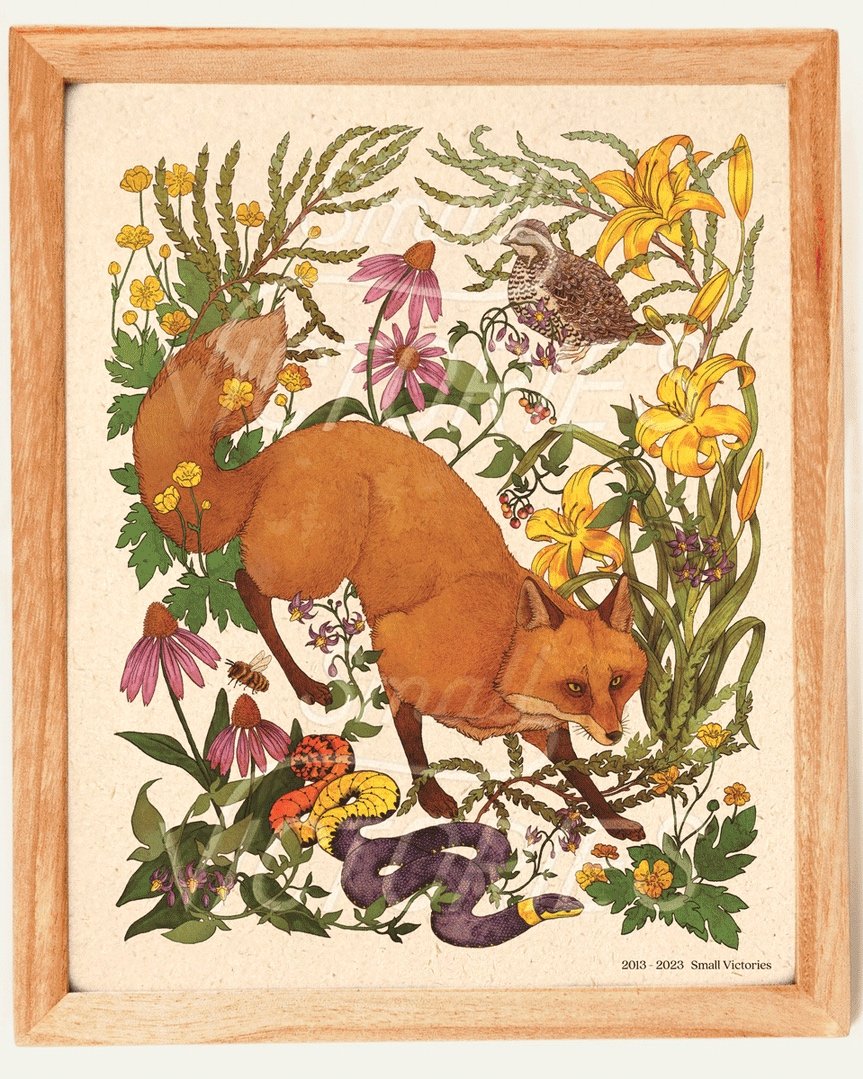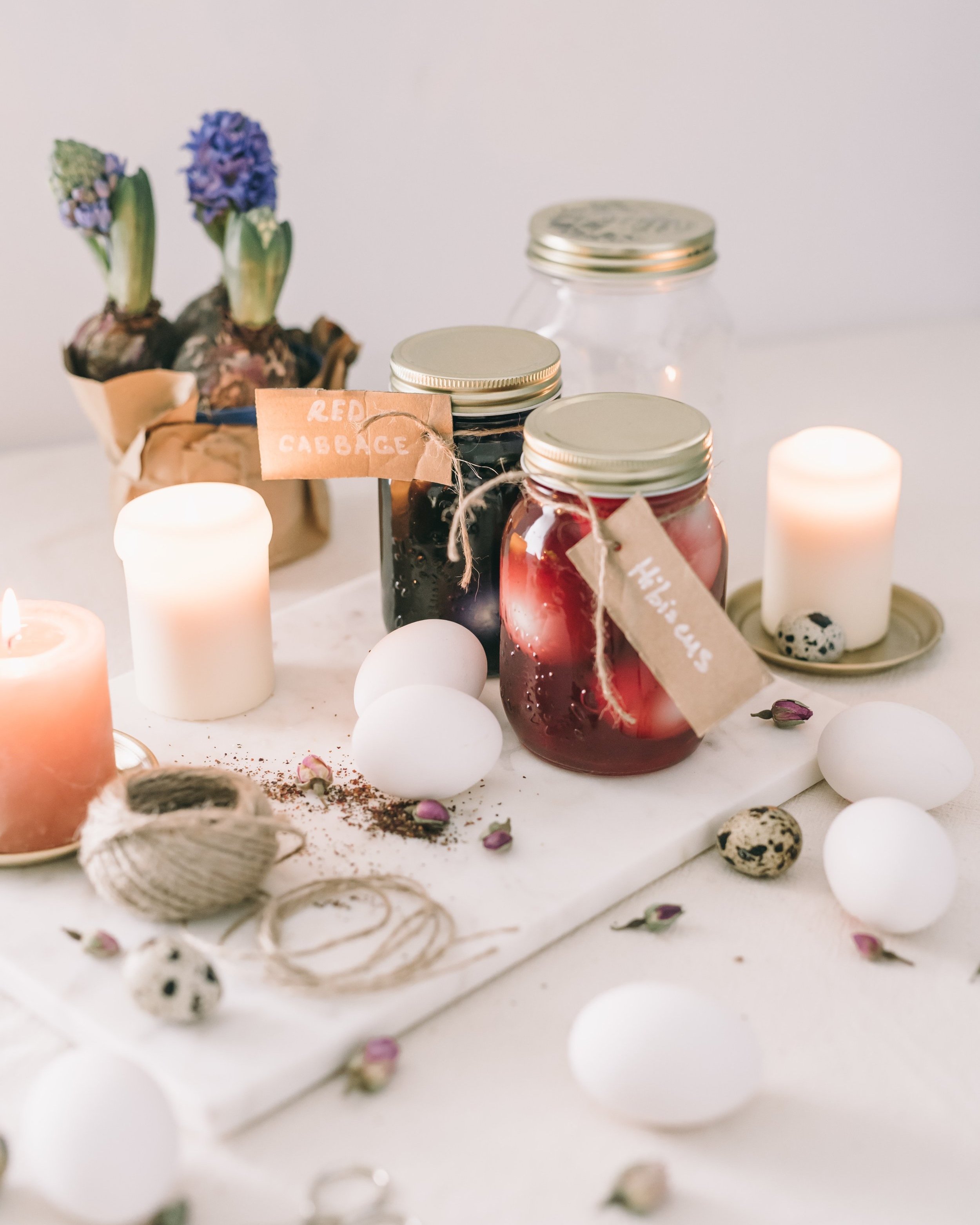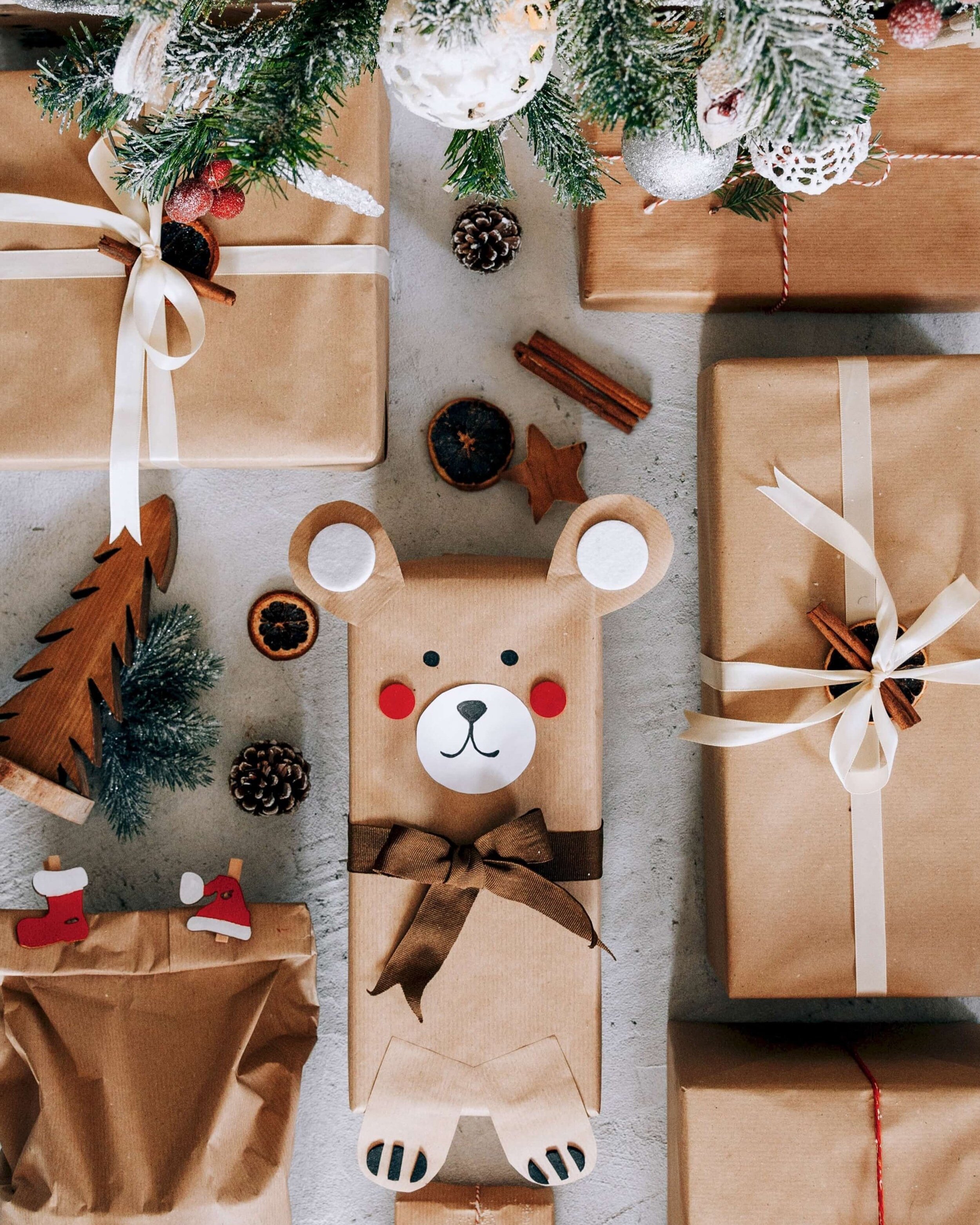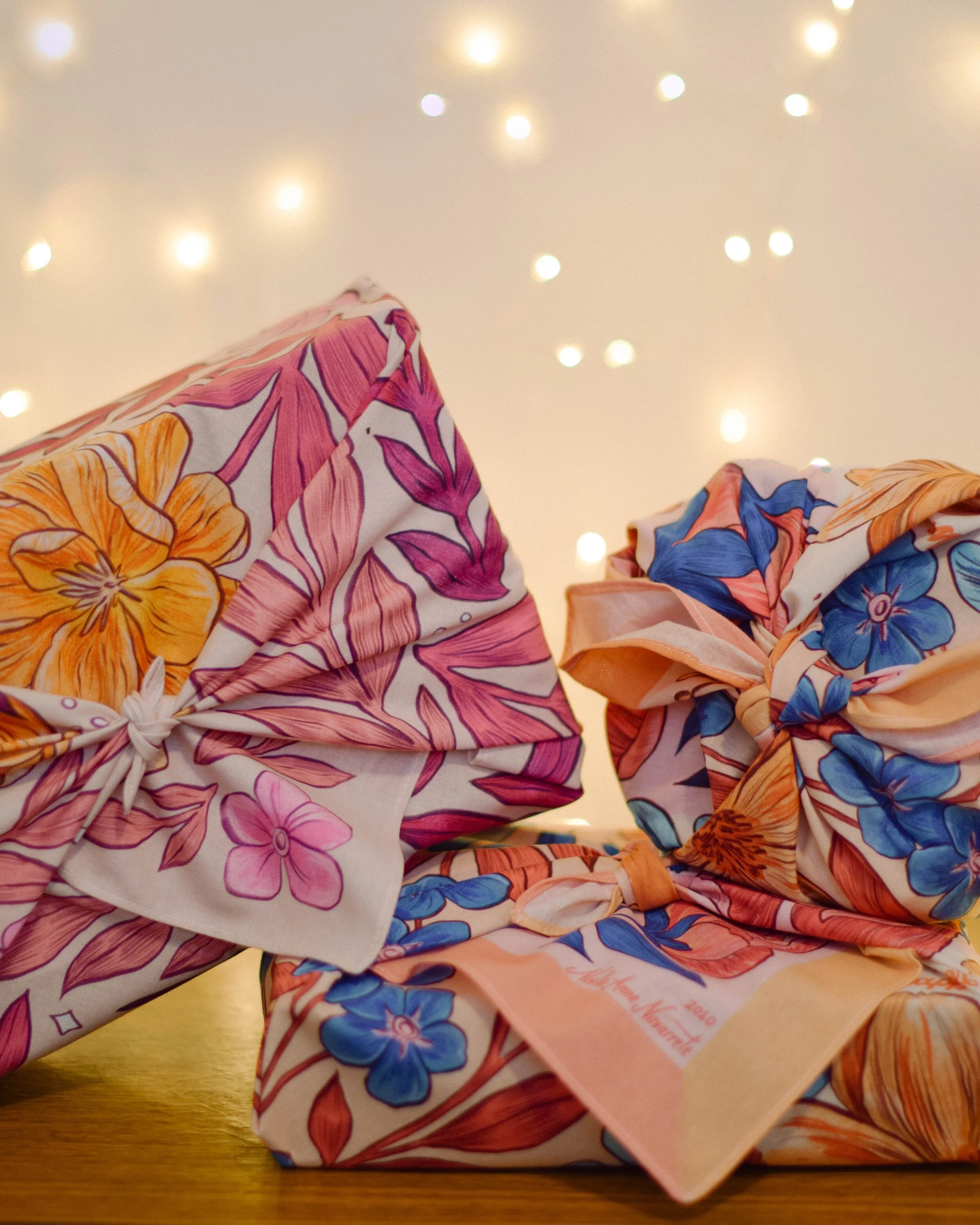Image: illi
Disclosure: Some of the links below are affiliated; we may earn a small commission if you click through and make a purchase. This post is also sponsored in part by Bario Neal, Valley Rose, Truvai & Aiden Jae. We only ever add brands & products we truly believe in. Thank you for supporting the brands who are making the fashion industry a better place!
The Best Ethical & Sustainable Jewelry
People have adorned themselves with jewelry and decoration for as long as 75,000 years. Today though, some jewelry is made at a significant cost to both the planet and the people making them. So, how can we continue to accessorize with sustainability and ethics in mind?
The jewelry industry is stepping up to the challenge in a world that is becoming increasingly aware of the need for sustainability. Sustainable jewelry is not only exquisite and beautiful but also carries a profound purpose. With a commitment to social and environmental causes, sustainable jewelry brands are positively impacting communities. Their efforts contribute to fair trade practices, support local artisans, and promote eco-consciousness among consumers. This article delves into the brands leading the way in sustainable jewelry, highlighting their unique designs and the stories behind the pieces. Discover how sustainable jewelry is not just about adorning oneself but also about making a meaningful difference in the world. Join the revolution of conscious consumers who appreciate the beauty of jewelry with a purpose!
What Makes This Jewelry Sustainable?
When it comes to sustainable jewelry, there are many things we look for - Who makes it? What is it made from? Can you wear the piece for years to come? Transparency within the supply chain is so important to us. We want to make sure the person creating the jewelry is treated fairly and the planet is kept in mind during the entire process.
What Sustainable Materials Should Jewelry Brands Use?
There are also several materials we like to look for, like recycled metals and lab-grown gems. We have enough gold and silver circulating on this planet to reuse and not mine for more, and these brands are taking advantage of that! Also, the mining of precious gems is full of unethical practices, so sustainable brands are starting to create their gems in labs, reuse old gems or work with Fairmined sourcing (as well as other sustainable certifications).
You can read more about ethics and sustainability within the jewelry industry here.
Also, click to check out all of our favorite earrings!
Many minimalist designs below are perfect for any outfit, and you can feel confident they are easy on the planet and fair to the makers.
Our Top Picks for Sustainable Jewelry Brands:
1. Bario Neal
Price: $130-$5K
The team at Bario Neal was inspired to create pieces of jewelry representing deeply felt experiences, loves, and losses—armor, glitter, and vessels for meaning and value. But from the very start, they were committed to doing things in a way that’s better for the earth, the people and communities within the supply chain, and their customers. An industry leader in ethical sourcing and mindful production, Bario Neals’s jewelry reflects individualism, gender and marriage equality, and conscious values rooted in ethical origin from mine to market.
2. Valley Rose
Price: $98 - 1,820
This stunning jewelry is designed and handcrafted by Northern California-based designer Brittany Groshong. Each design is made with a technique called lost-wax casting. Valley Rose uses the highest quality and ethical materials like Fairmined gold and traceable conflict-free gemstones. The mystery and beauty of the cosmos inspire the collection. Their new zodiac constellation pendants make for the perfect everyday necklace!
3. Truvai
Price: $80-411
Truvai is a conscious, luxurious jewelry brand that creates micro-batch collections handmade by master artisans around the globe.
Pronounced /tro͞oˈvī/, Truvai means a lucky find; a chance encounter with something wonderful — and their pieces are just that! The brand was founded by Canadian designer Jenny Lillian, who works with artisans in Kenya, Indonesia, and Afghanistan using traditional handmade techniques.
Truvai focuses on creating the maximum positive social impact while using environmentally conscious & locally sourced materials. Their collections unite in a commitment to sustainability, empowerment, and cultural preservation — offering artisans a pathway out of generational poverty in Kenya, supporting Afghan jewelers affected by conflict, and preserving traditional Balinese techniques in Indonesia. If you love pearl earrings, we suggest checking out the gorgeous Fay earrings made with locally sourced mabe pearls. For a perfect everyday piece, look no further than the Margo Cuff bracelet, which contributes to the artisans' city's cleanup through upcycled local scrap metal. Truvai offers free shipping within the USA & Canada and affordable flat-rate shipping for international orders.
use code CHIC10 for 10% off your purchase
4. Aiden Jae
Price: $55-485
Aiden Jae creates beautiful everyday jewelry made for you to live in. This woman-owned jewelry brand uses 100% recycled gold and conflict-free, responsibly sourced gemstones. For fine jewelry, their prices are accessible, and their minimalistic designs make it perfect for pairing with every outfit.
We love their signature texture in the Banyan collection, inspired by the distinctive roots of the Banyan tree. For those who like a little sparkle, we suggest their Star Light, Star Bright collection, which features diamonds, white sapphires, and rainbow moonstones.
Aiden Jae’s manufacturing partners are certified by the Responsible Jewellery Council.
To top it all off, Aiden Jae uses eco-friendly packaging and carbon-neutral shipping, and they are a member of 1% for the Planet!
use code SUSTAINABLYCHIC for 15% off your purchase
5. Aid Through Trade
Price: $15 - 62
Aid Through Trade (one of the founding members of the Fair Trade Federation!) is the original creator of the famous Roll-On® Bracelet. Now, the brand employs over 200 female artisans in Nepal. All of their Roll-On® Bracelets are made with the highest quality glass beads and hand-dyed cotton thread and come with a lifetime guarantee. They fit most wrists and come in a variety of colors.
code: SUSTAINABLYCHIC30 for 30% off
6. illi
Price: $195 - 625
All of illi’s gorgeous and minimalistic pieces are made from lab-grown gemstones, and 100% recycled solid precious metals. This is one of the few brands that offer not only lab-grown diamond jewelry but also other gems like alexandrite, ruby, and sapphire! In addition, they carry necklaces, earrings, and bracelets that have a clean, simple aesthetic for true timelessness. The team at illi is committed to sustainability and is constantly improving its processes every step of the way.
7. Laura Elizabeth
Price: $65 - 265
Austin-based Laura Elizabeth Jewelry is a timeless, elevated, and accessible jewelry line. Many of her designs are made directly from nature; whether it’s bark from an Austin oak tree, a starfish, or succulents, these organic pieces are classic yet unique. You can swim, sweat, shower, and sleep in your LEJ necklaces, and the rings are adjustable and stackable.
8. Able
Price: $20 - 120
Able is a fashion brand that empowers and employs women to help them escape poverty. Initially, the company offered jobs to Ethiopian women from the commercial sex industry, but they have since expanded, and the jewelry is made in-house in Nashville, TN. Their jewelry collection is perfect for everyday wear and has several customizable options!
9. Obakki
Price: $22 - 102
Available in both 18K gold plated and silver plated, each piece from Obakki’s gorgeous jewelry collection is made by one of their artisan partners. The team at Obakki loves taking something forgotten and turning it into something beautiful and new, so almost everything is made from upcycled and locally sourced materials. Obakki also carries artisan-made and small-batch home goods, skincare, organic apparel, and more. You’ll love this shop!
10. Ten Thousand Villages
Price: $5 - 210
More than just a store, this market-to-market movement connects us to some of the most talented artisans worldwide. Our purchase is directly contributing to sustainable livelihoods and keeping crafts original.
Every product celebrates culture and the planet, so you know not one is compromised for the other. They have an extensive jewelry collection for anyone’s taste - we LOVE these earrings!
11. Made Trade
Price: $30 - 198
This online destination has you covered with almost any aesthetic within jewelry but has an extensive collection of minimalistic designs. While shopping through the collection, you can learn about each piece's values. Is it Fair Trade? Is it Made in the USA? Is it POC owned? It's genuinely a different experience, unlike anything else you find online. They have so many brands under one roof that you don't have to search far.
12. Ana Luisa
Price: $30-250
Ana Luisa is a sustainable jewelry brand on a mission to show the world that high-quality jewelry should not cost the planet. It crafts beautiful earrings, necklaces, rings, and bracelets, which are ideal for wearing on a special occasion but will also spruce up your outfits if worn daily. Ana Luisa’s pieces are produced in limited batches and made of gold-plated brass (with a thick layer of recycled gold) or recycled Sterling silver.
13. Clean Origin
Price: $225 - 35000
Clean Origin ensures their hand-picked selections are ethical and gorgeous. Available in various shapes and colors, Clean Origin specializes in lab-created diamonds and only sells stones that are independently verified and graded for quality using the same scientific standards applied to mined diamonds. In addition, clean Origin offers free resizing, lifetime protection, and financing options. With dozens of jewelry styles and designs available, Clean Origin aims to provide diamonds without compromise.
14. Aurate New York
Price: $40 - 6500
Aurate is based in New York and strives to change the jewelry industry. Aurate uses only sustainably sourced materials, all gold is 100% recycled, and pearls and precious gems are sourced from family-run establishments supporting local communities. You can choose between lab-grown or conflict-free diamonds, depending on your preference. Since there are no import taxes, no unnecessary middlemen, and pieces are made-to-order, Aurate jewelry is much more affordable than conventional jewelry.
15. Catbird
Price: $14 - 3500
Catbird has been creating ethical jewelry since 2004. They work almost entirely with recycled gold and diamonds, make everything in their Brooklyn studio with a minimum carbon footprint, and always consider their impact at every step. If you love colors or stones other than diamonds, we recommend checking out Catbird’s selection!
MAKE SURE TO PIN THE PHOTO BELOW TO SAVE THIS POST FOR LATER!
WANT MORE SUSTAINABLE BRANDS? VISIT OUR BRAND DIRECTORY!
Our Brand Directory is home to hundreds of sustainable brands, from makeup to cleaning supplies, from underwear to shoes. We have broken everything down by category for easy shopping, along with discount codes unique to Sustainably Chic viewers.

